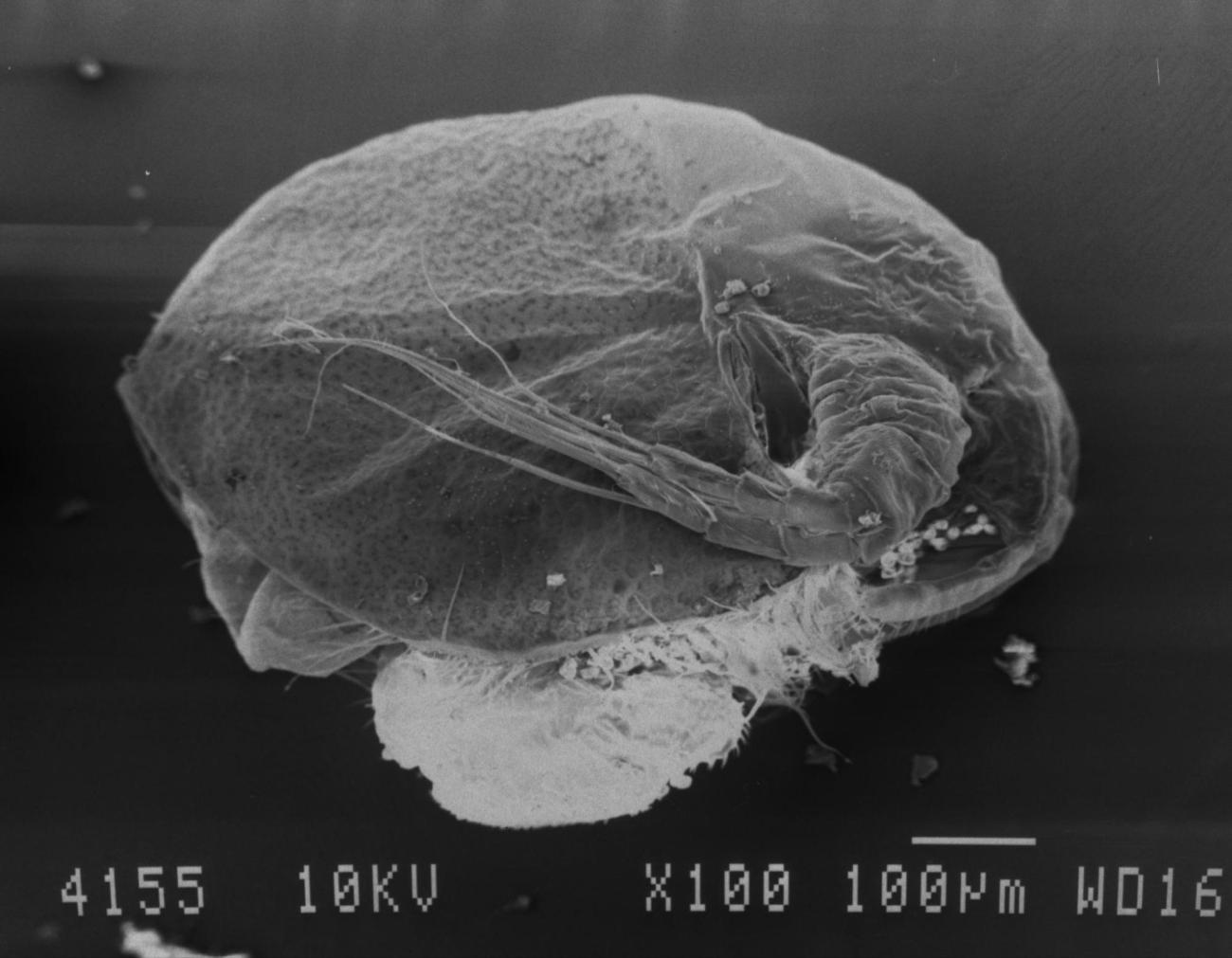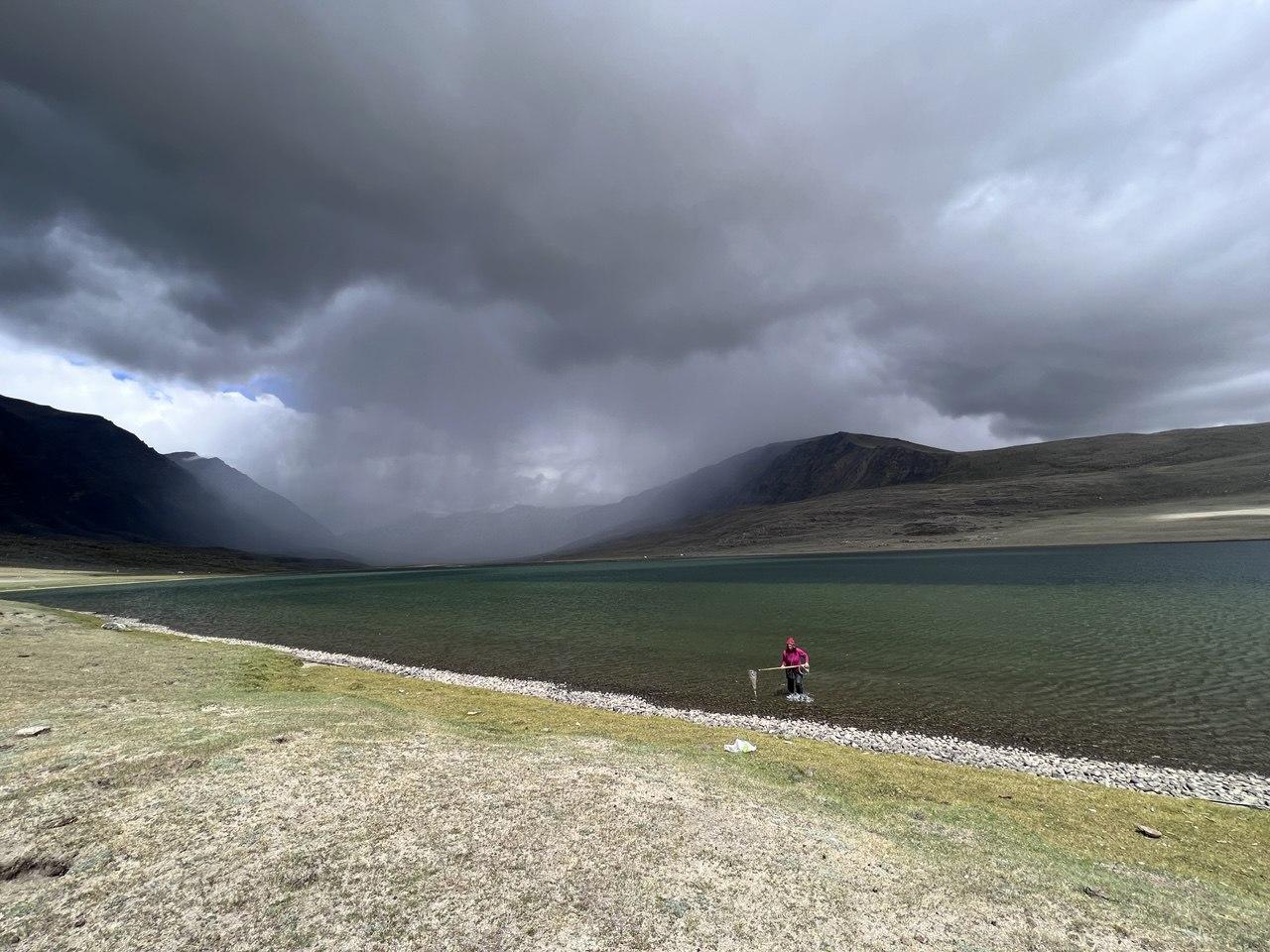
The functioning of Eurasian freshwater ecosystems is impossible without cladocerans, which play a key role in the food webs of most continental water bodies. Although cladoceran fauna has been relatively well studied in the Palearctic overall, several regions of Central Asia, and the Republic of Tyva in particular, have remained an almost entirely "blank spot" on the research map.
A new study, conducted by researchers from the Tyva Institute for Integrated Natural Resource Development SB RAS and the A.N. Severtsov Institute of Ecology and Evolution RAS (IEE RAS), summarizes the results of nearly thirty years of fieldwork in the region (1993–2022). The scientists surveyed 902 water bodies of various types—from shallow puddles to high-altitude lakes—and examined the variability of cladoceran species richness depending on the water body's depth, location above sea level, and salinity. A total of 76 species of cladocerans have been identified. However, not a single invasive species has been found in Tuva, although such discoveries are not uncommon among cladocerans.
"Long-term and systematic study of the region allows us to obtain a comprehensive picture of biodiversity and zooplankton dynamics in the mountain systems of Central Asia," emphasizes A.A. Kotov, Doctor of Biological Sciences, Chief Researcher at the Laboratory of Ecology of Aquatic Communities and Invasions at IEE RAS.

All study materials (including collection site coordinates, dates, researcher information, and taxonomic data) have been published in the GBIF international database in Darwin Core Archive format, making them publicly available for use in basic and applied research.
This study not only supplements the faunal lists for Central Asia but also lays the foundation for future biogeographical and ecological research related to the functioning of Eurasian freshwater ecosystems.
The article was published: Kirova, N., Kirova, V., Kotov, A. (2025). Cladocera fauna of the Republic of Tyva, Russia: dataset from 30 years of investigations (1993–2022). Biodiversity Data Journal.
